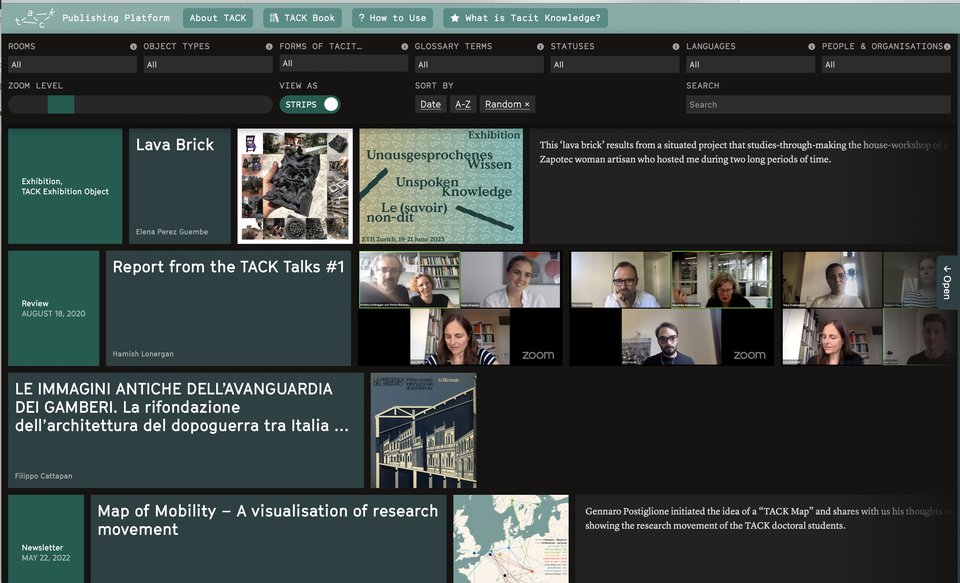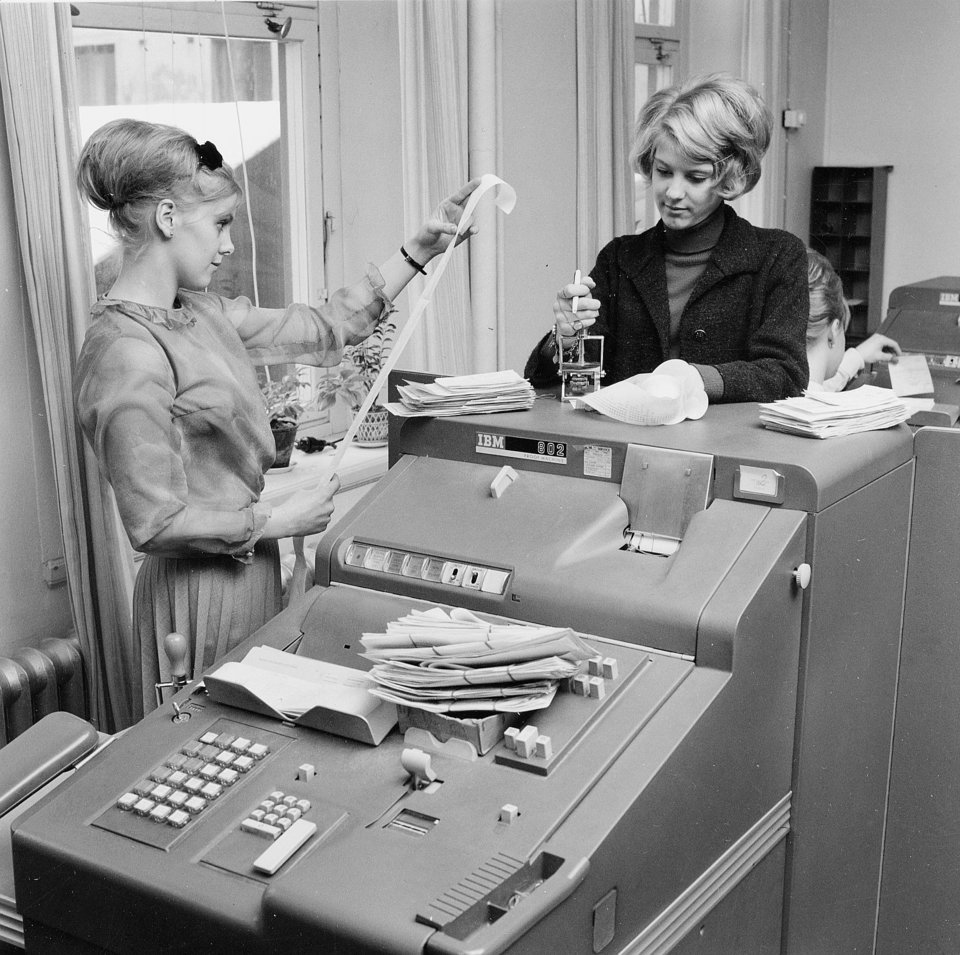Research & Publications
Books

-
In The City in the City, Amy Thomas offers the first in-depth architectural and urban history of London's financial district, the City of London, from the period of rebuilding after World War II to the explosive climax of financial deregulation in the 1980s and its long aftermath. Thomas examines abstract financial ideas, political ideology, and invisible markets as concrete realities; working on four spatial scales—city, street, facade, and interior—the book explores the grand plans, hidden alleys, neo-Georgian elevations, and sweaty dealing floors that have made the financial center work.
Moving from politics to sociology, institutions to bodies, development plans to office desks, Thomas unravels the rich entanglements between the structure of the UK's financial system and the structure of the environment in which it operates. Despite its physical and political centrality, this period of the City's architectural history occupies an academic lacuna. Longstanding prejudices about developer-led architecture and the real estate industry have obscured the postwar City's relevance. The book shows how, as currents of local government reform, nation-building, and globalization swept across Britain, the City became an ideological battleground for debates between politicians and financial institutions, real estate developers and architects, preservationists and so-called “proactive” planners throughout the latter half of the century.
The City of London is a place steeped in rich cultural and architectural heritage of immense national significance, yet it is also a highly privileged citadel at the core of global financial networks. The City in the City is both a critique and a celebration of this unique and complex place.
Amy Thomas, The City in the City: Architecture and Change in London’s Financial District. Cambridge, MA and London: MIT Press, 2023.
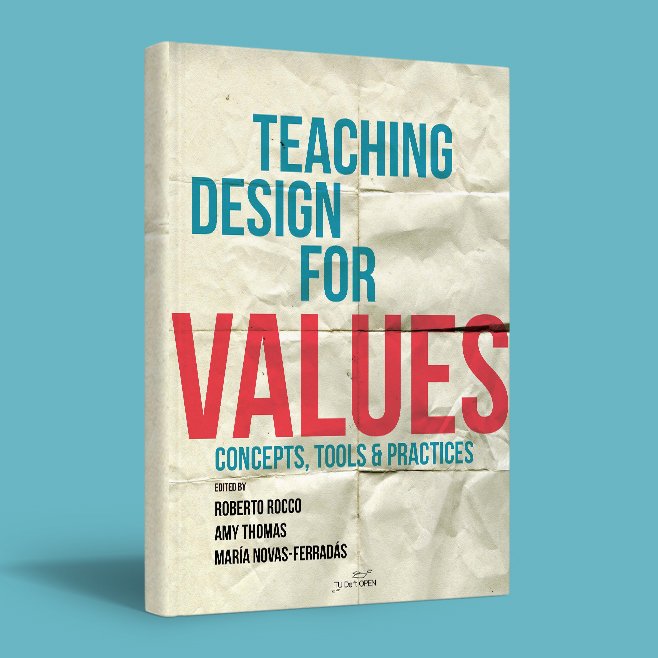
-
The process of identifying, interpreting, and implementing societal values in university education is an essential part of responsible innovation and designing for equitable, inclusive, and sustainable societies. While there is now a well-defined and growing body of research on the theory and application of designing for values (or 'value sensitive design'), at present the pedagogical dimension remains underexplored. Teaching Design for Values is a resource for teachers of design-based disciplines who wish to foreground values more explicitly in their classes. With fourteen chapters written by both TU Delft educators and international contributors, the book aims to examine the concepts, methods and experiences of teaching design for values within a variety of fields, including urbanism, engineering, architecture, artificial intelligence and industrial design. Through its multi-disciplinarity, Teaching Design for Values proposes an expanded definition of 'design' to encompass a broad range of disciplines and processes that deal generally with 'future-imagining' and 'future-building', including process management. In doing so it explores the ways that values may be expressed and analysed in a variety of different pedagogical contexts. The book can be accessed online here: https://books.open.tudelft.nl/home/catalog/book/54.
Roberto Rocco, Amy Thomas and María Novas-Ferradás, eds. Teaching Design For Values: Concepts, Tools & Practices. Delft: TU Delft Open, 2023.
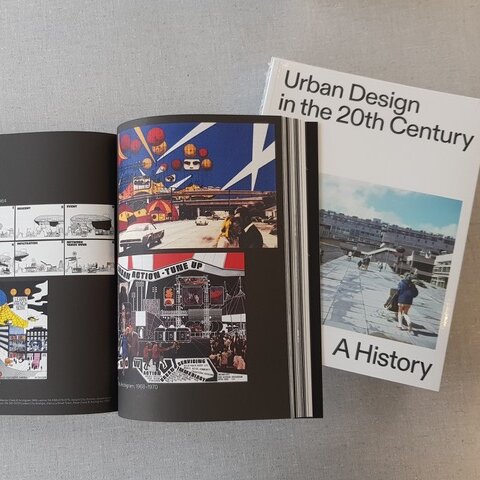
-
Our time is an urban age. Cities are growing larger and denser than ever, and urbanity has reached unprecedented levels of complexity. This global boom in urbanization began in earnest around the turn of the twentieth century, when technological advancement and the extraction of seemingly endless supplies of natural resources dovetailed to propel urban development. As urban populations steadily increased, architects and planners were not only tasked with designing housing and public space but also with responding to emerging societal challenges such as (geo)political tensions, reconstruction after two world wars, decolonization, economic crises, growing climatic concerns, and cultural shifts. Urban Design in the 20th Century: A History draws on more than one hundred richly illustrated urban design projects and initiatives to demonstrate how these challenges have continuously propelled new attitudes and approaches in the discipline of urban design, from the early 1900s to today.
Tom Avermaete & Janina Gosseye, Urban Design in the 20th Century: A History. Zürich: gta Verlag, 2021.
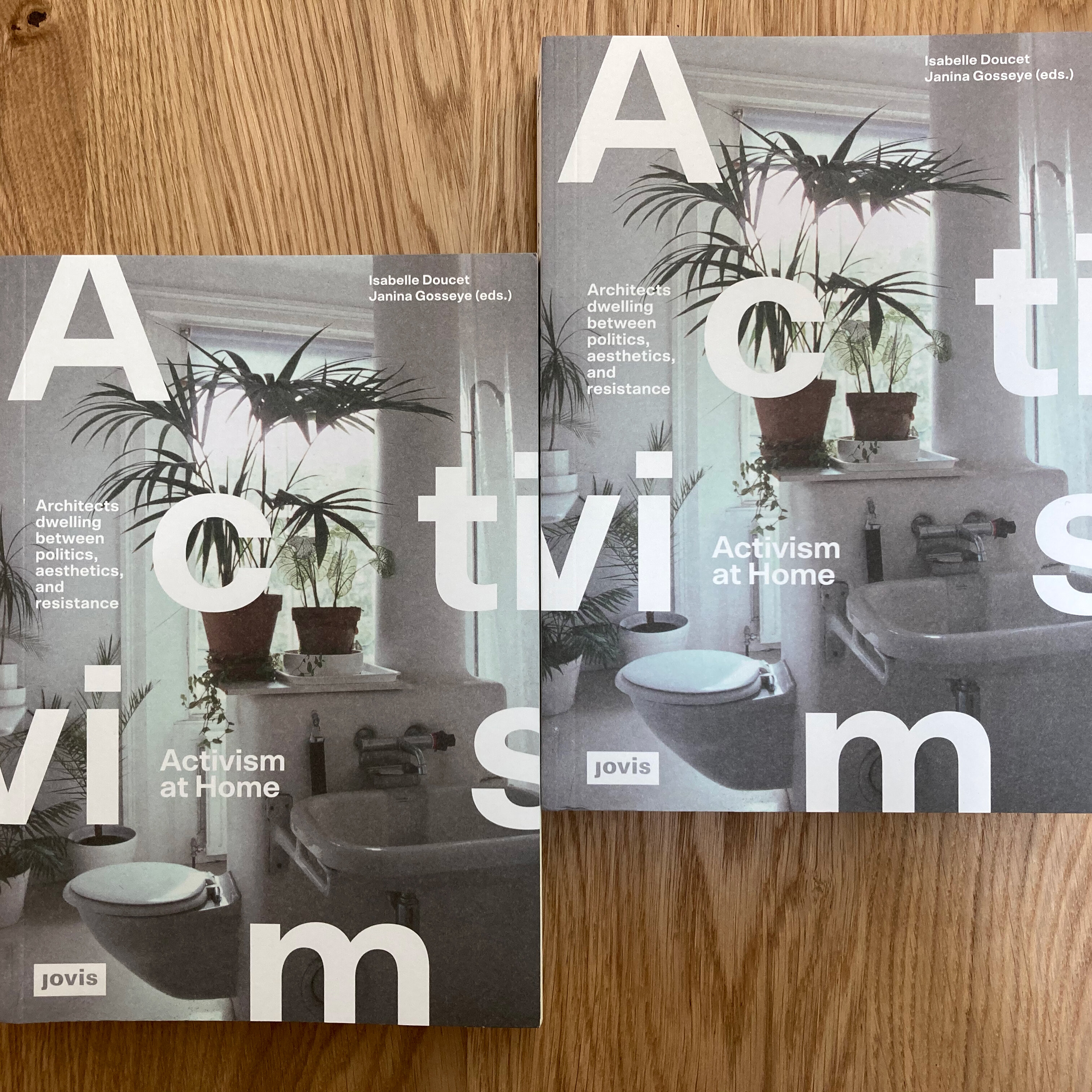
-
Activism at Home studies architects’ own dwellings that have been purposely designed to express social, political,
economic, and cultural critiques. The architect-led experiments in activist living included in this book span the whole of the twentieth century and offer candid appraisals of alternative living solutions that respond to different challenges, such as rising real estate prices, social and economic inequalities, cultural and professional shifts, and mounting environmental concerns. As such, Activism at Home is more than a historical study; it is an appeal to architects to use the discipline’s tools to their full critical potential, and a plea to scholars to continue to bring into focus architecture’s activist practices – at home, or elsewhere.Isabelle Doucet & Janina Gosseye, eds. Activism at Home: Architects Dwelling between Politics, Aesthetics and Resistance. Berlin: Jovis, 2021.
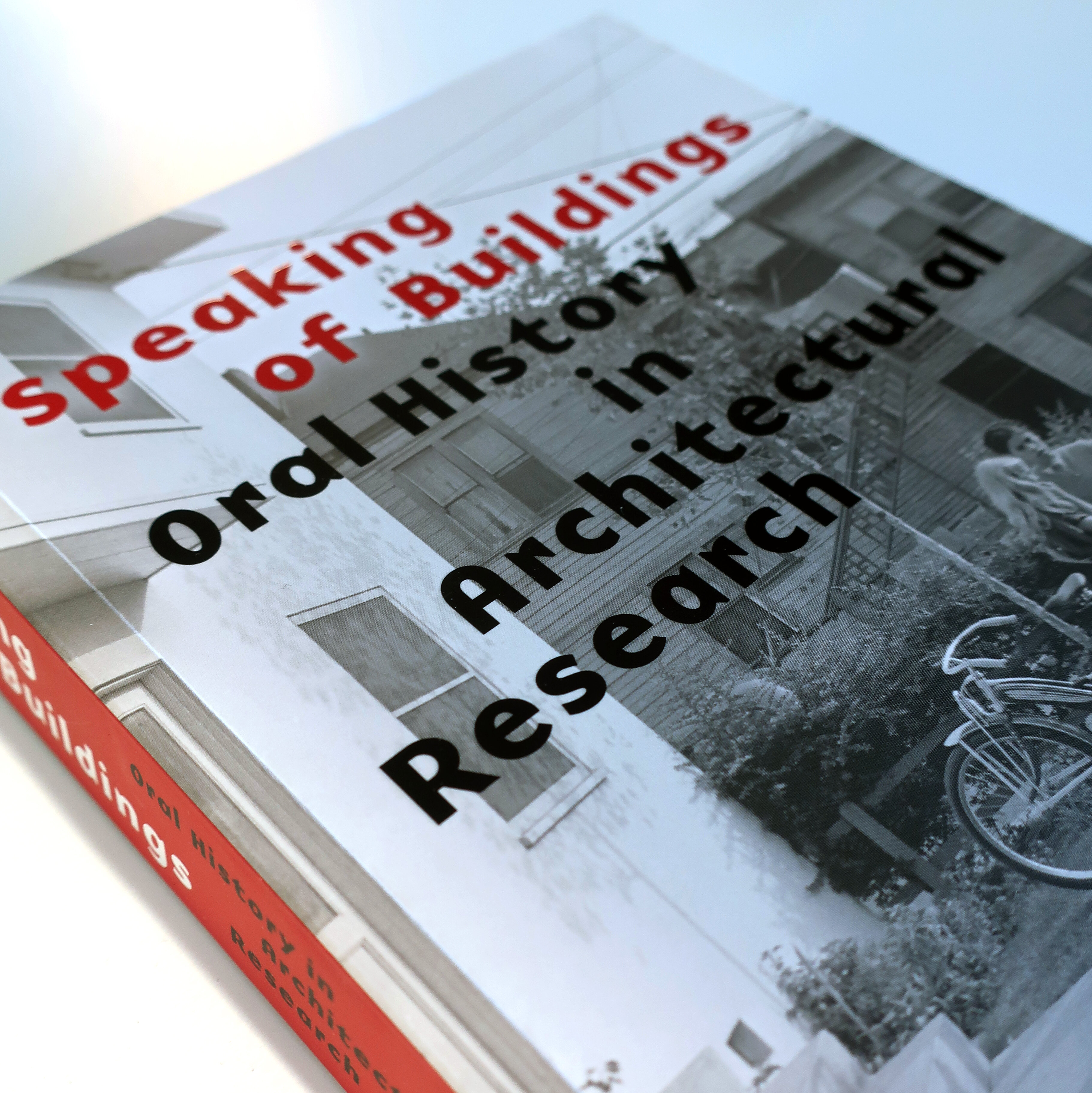
-
Architectural scholars tend to use texts, drawings, and photographs to craft their narratives. Oral testimony has rarely been taken seriously, and when it is, architects are given the platform to discuss buildings. However, there are others who can speak of architecture and tell their own stories of what it is like to construct, experience, and live within buildings. Speaking of Buildings examines how these other voices can be heard, revealing the radical potential of a research method that has historically been cast as subjective, inexpert, partial, and unreliable. Essays by an international group of scholars look at varied aspects of oral history in architectural research, from workers’ accounts of building with concrete in midcentury London to a sound art piece that embeds the oral testimony of Los Angeles public housing residents within site-specific ambient sound recordings. In sum, the authors call for a renewed form of listening to enrich our understanding of what buildings are, what they do, and what they mean to people.
Janina Gosseye, Naomi Stead & Deborah van der Plaat, eds. Speaking of Buildings: Oral History in Architectural Research. New York: Princeton Architectural Press, 2019.
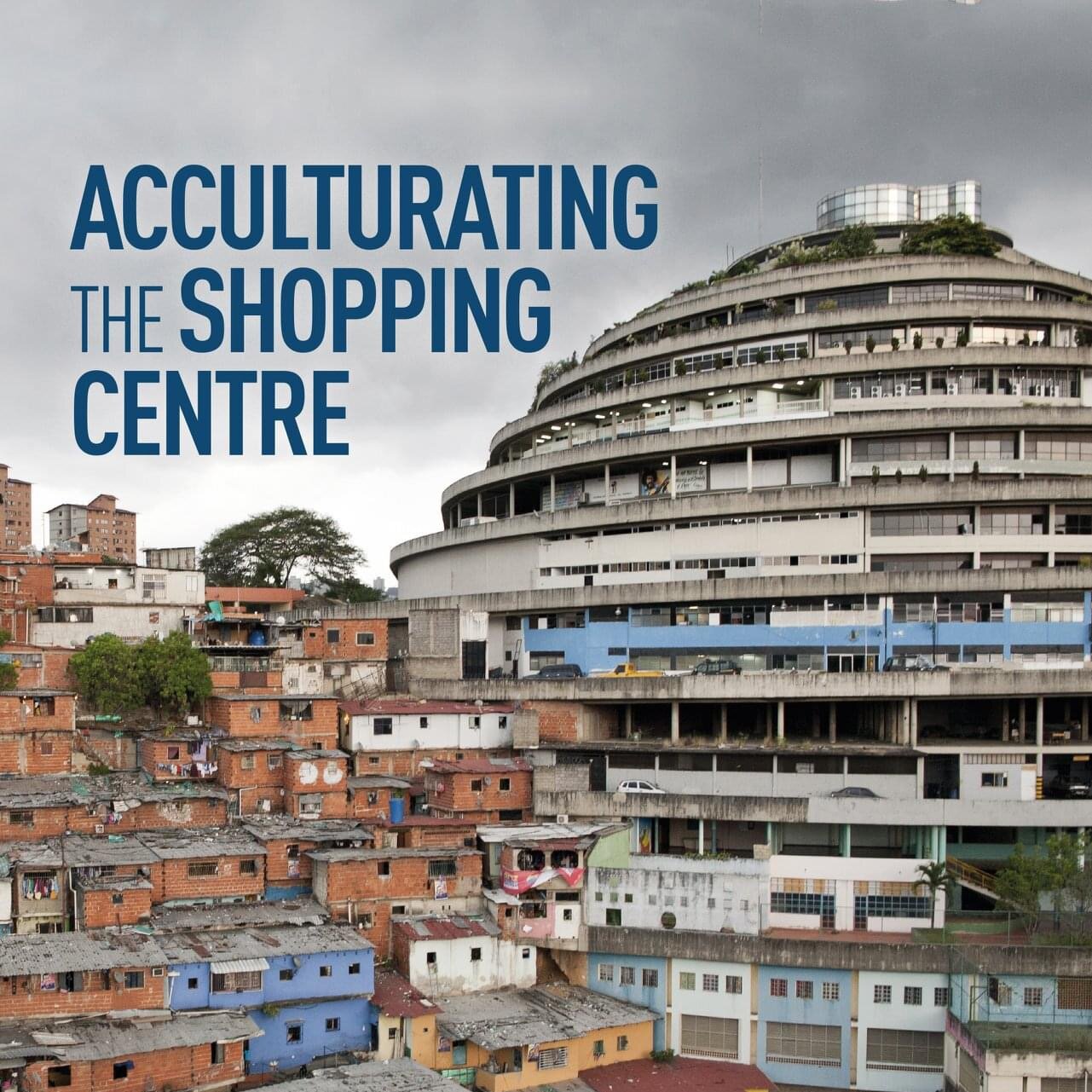
-
Acculturating the Shopping Centre examines whether the shopping centre should be qualified as a global architectural type that effortlessly moves across national and cultural borders in the slipstream of neo-liberal globalization, or should instead be understood as a geographically and temporally bound expression of negotiations between mall developers (representatives of a global logic of capitalist accumulation) on the one hand, and local actors (architects/governments/citizens) on the other. It explores how the shopping centre adapts to new cultural contexts, and questions whether this commercial type has the capacity to disrupt or even amend the conditions that it encounters. Including more than 50 illustrations, this book considers the evolving architecture of shopping centres. It would be beneficial to academics and students across a number of areas such as architecture, urban design, cultural geography and sociology.
Janina Gosseye & Tom Avermaete, eds. Acculturating the Shopping Centre. London: Routledge, 2018.

-
Shopping Towns Europe is the first book to explore the introduction and dissemination of the shopping centre in post-war Europe. European shopping centres are often assumed to be no more than carbon copies of their American precursors – however the wide-ranging case studies featured in this book reveal a very different story. Drawing connections between architectural history, political economy and commerce, together these studies tell us much about the status and role of modernist design, the history of consumption, and the rapidly-changing social, urban and national contexts of post-war Europe. The book’s sixteen chapters explore case studies in eleven different countries spanning various social and economic contexts across the continent, from Finland to Spain and from Britain to the Iron Curtain and beyond. The focus is on the three decades following the first introduction of the new typology in 1945, tracing the variety of typological manifestations that occurred in widely different contexts, from Keynesianism to communism to military dictatorships. The book also explores the role of the shopping centre in urban reconstruction, and examines how new shopping centres were designed to elicit specifically modern behaviour and introduce new conceptions of collectivity into citizens’ everyday lives.
Janina Gosseye & Tom Avermaete, eds. Shopping Towns Europe 1945-1975: Commercial Collectivity and the Architecture of the Shopping Centre. London: Bloomsbury, 2017.

-
Hot Modernism is a thematic history that traces both the conflicts and the felicities that occurred as modernism encountered a region with an already strongly developed cultural identity. In nine expansive essays, segmented by rich visual surveys of some of Queensland's key modernist buildings and organised by critical themes such as climate, international influences, changing lifestyles, and urban development, Hot Modernism explores the foundation and growth of modern architecture in post-war Queensland. In recent years the regional flowerings of mid-twentieth century modernism in Europe and the Americas have been meticulously dissected and widely published. Hot Modernism contributes to this emerging understanding that modernism, despite its internationalism, was not a monolithic movement, nor one that can be understood at a national level. The vastness of the Australian continent along with its rich climatic, geographic and cultural diversity necessitates a more nuanced, place-based approach. Hot Modernism investigates this finer grain as it expounds upon the idiosyncratic, regional building practice that emerged in Queensland in the decades following the Second World War.
John Macarthur, Deborah van der Plaat, Janina Gosseye & Andrew Wilson, eds. Hot Modernism: Queensland Architecture 1945-1975. London: Artifice, 2015.
Research Projects
